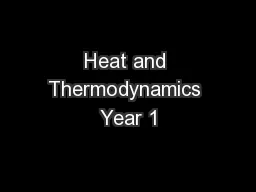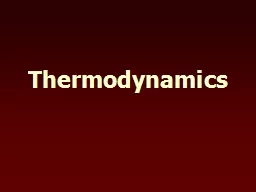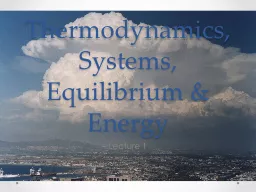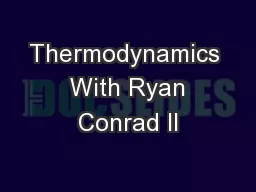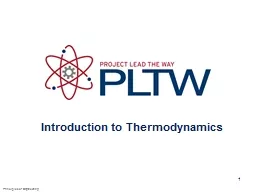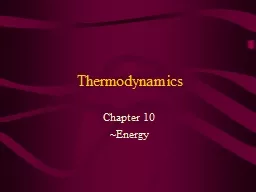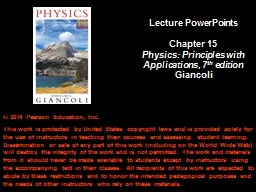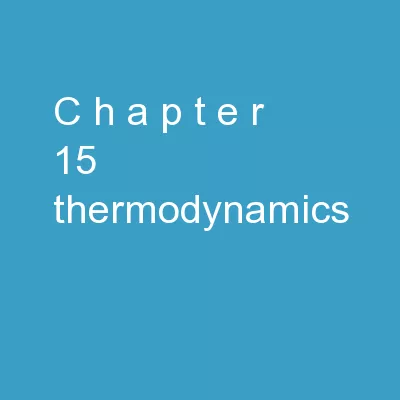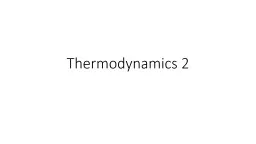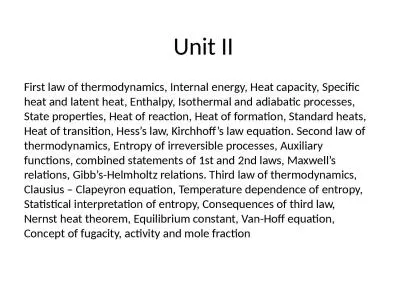PPT-Heat and Thermodynamics Year 1
Author : giovanna-bartolotta | Published Date : 2019-01-23
Kaliro NTC Term I Unit 104 Heat and Thermodynamics Lecturer Mr Joseph Rendall Please sign attendance sheet before you leave Terminology Differences Ugandan English
Presentation Embed Code
Download Presentation
Download Presentation The PPT/PDF document "Heat and Thermodynamics Year 1" is the property of its rightful owner. Permission is granted to download and print the materials on this website for personal, non-commercial use only, and to display it on your personal computer provided you do not modify the materials and that you retain all copyright notices contained in the materials. By downloading content from our website, you accept the terms of this agreement.
Heat and Thermodynamics Year 1: Transcript
Download Rules Of Document
"Heat and Thermodynamics Year 1"The content belongs to its owner. You may download and print it for personal use, without modification, and keep all copyright notices. By downloading, you agree to these terms.
Related Documents

